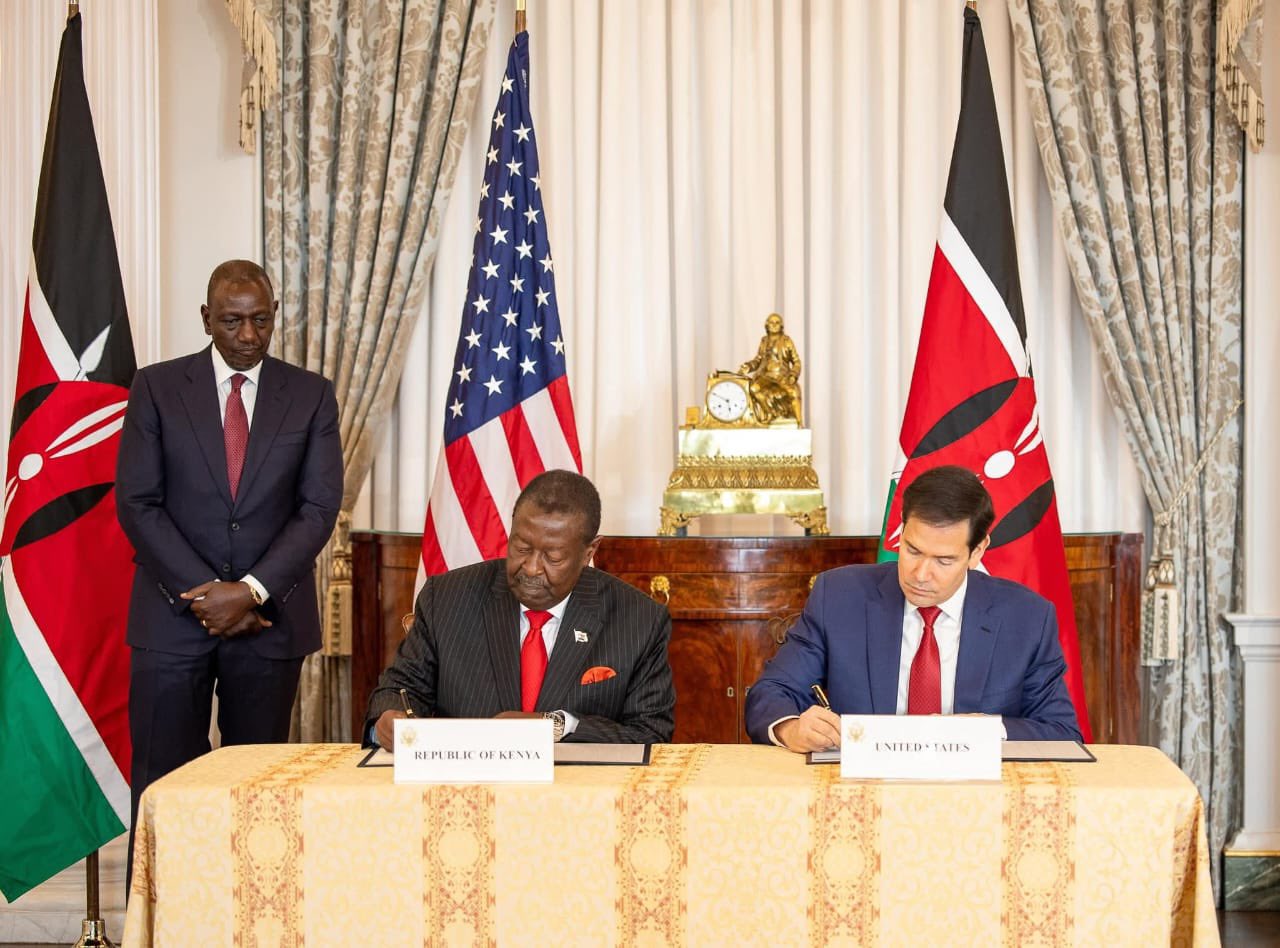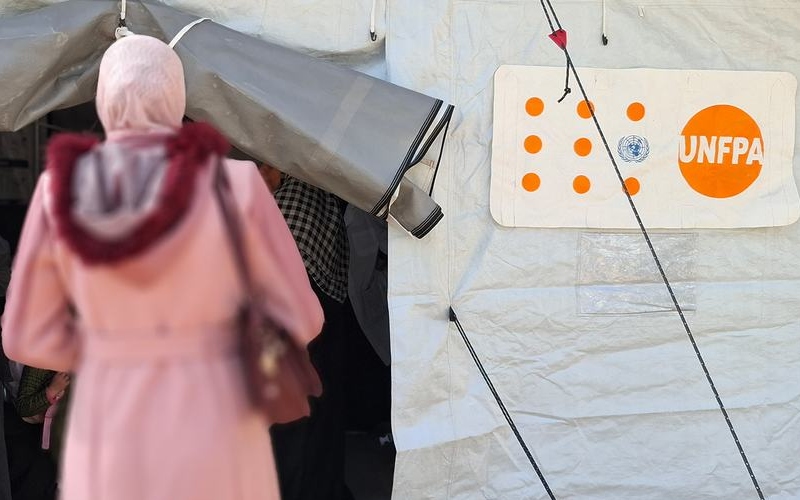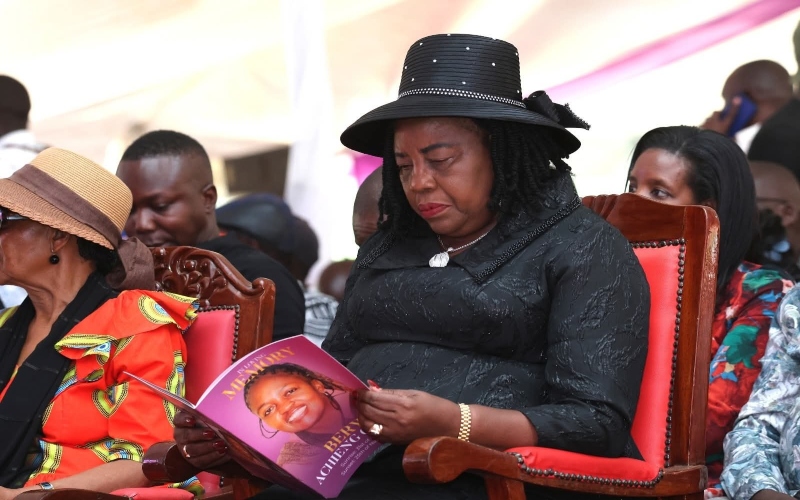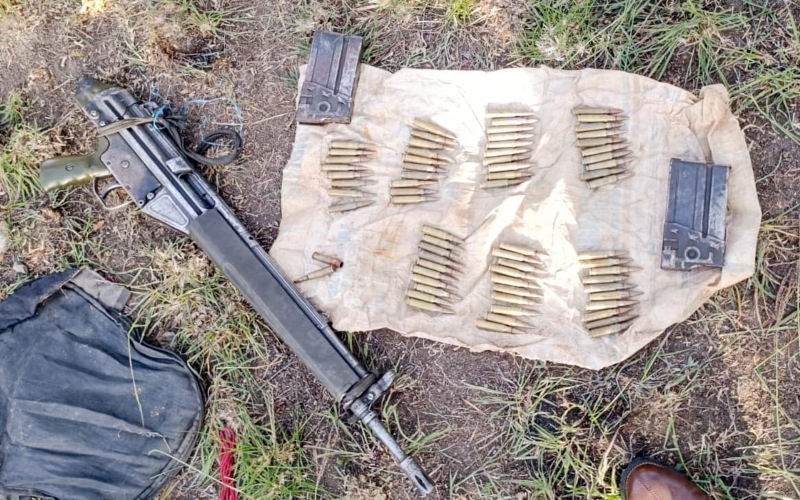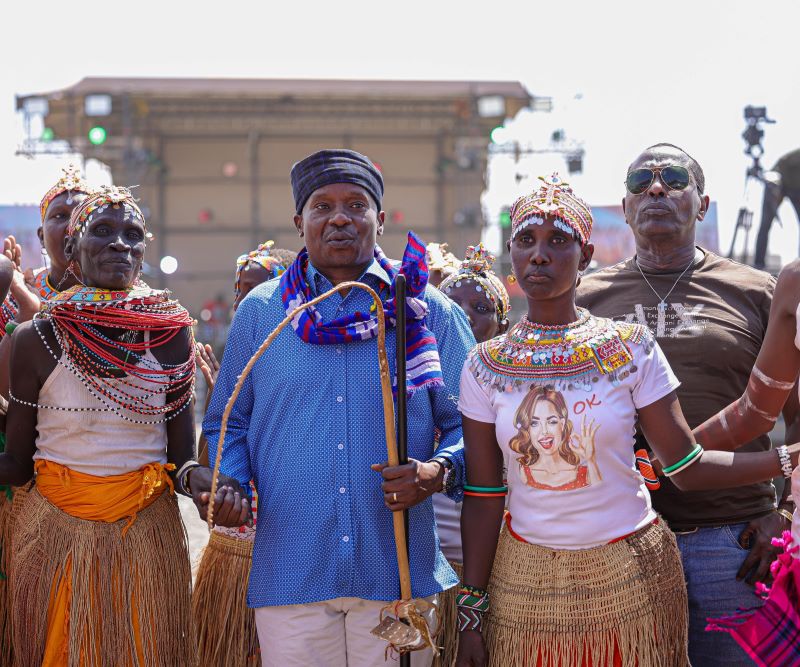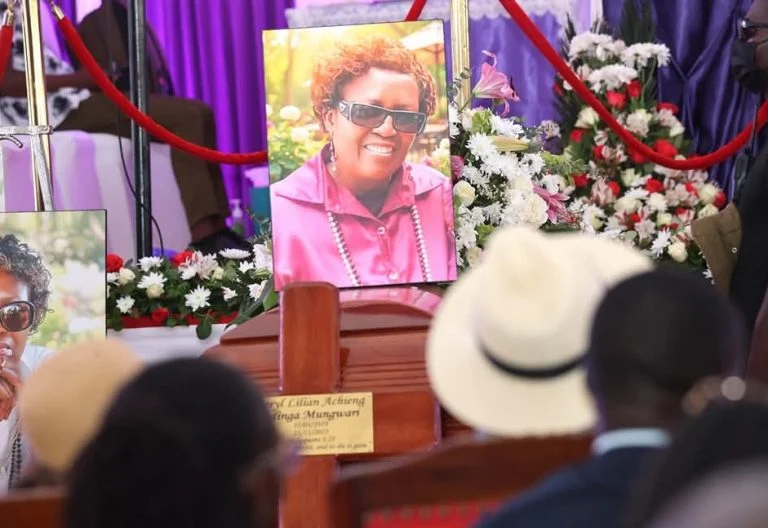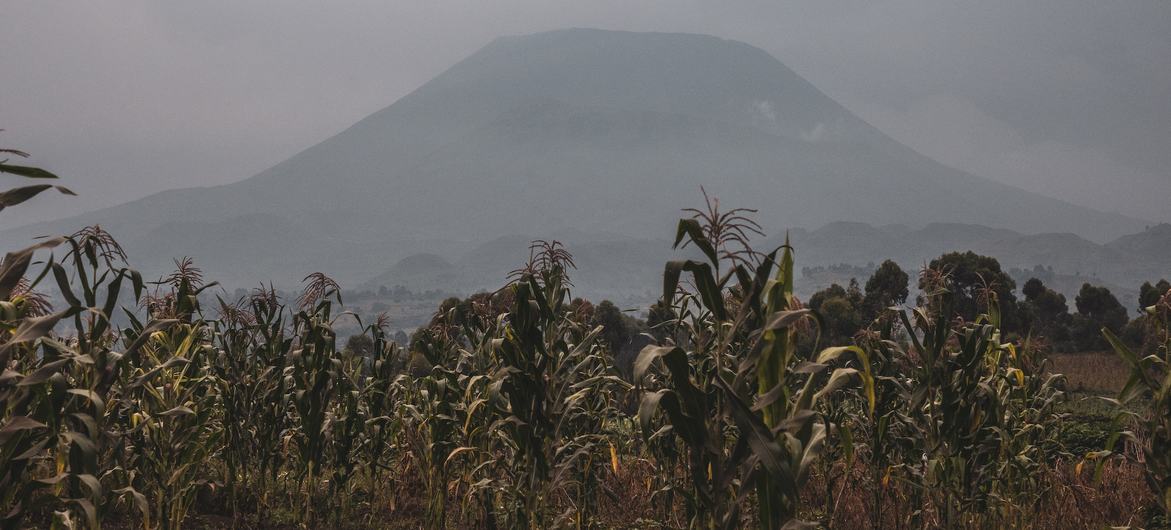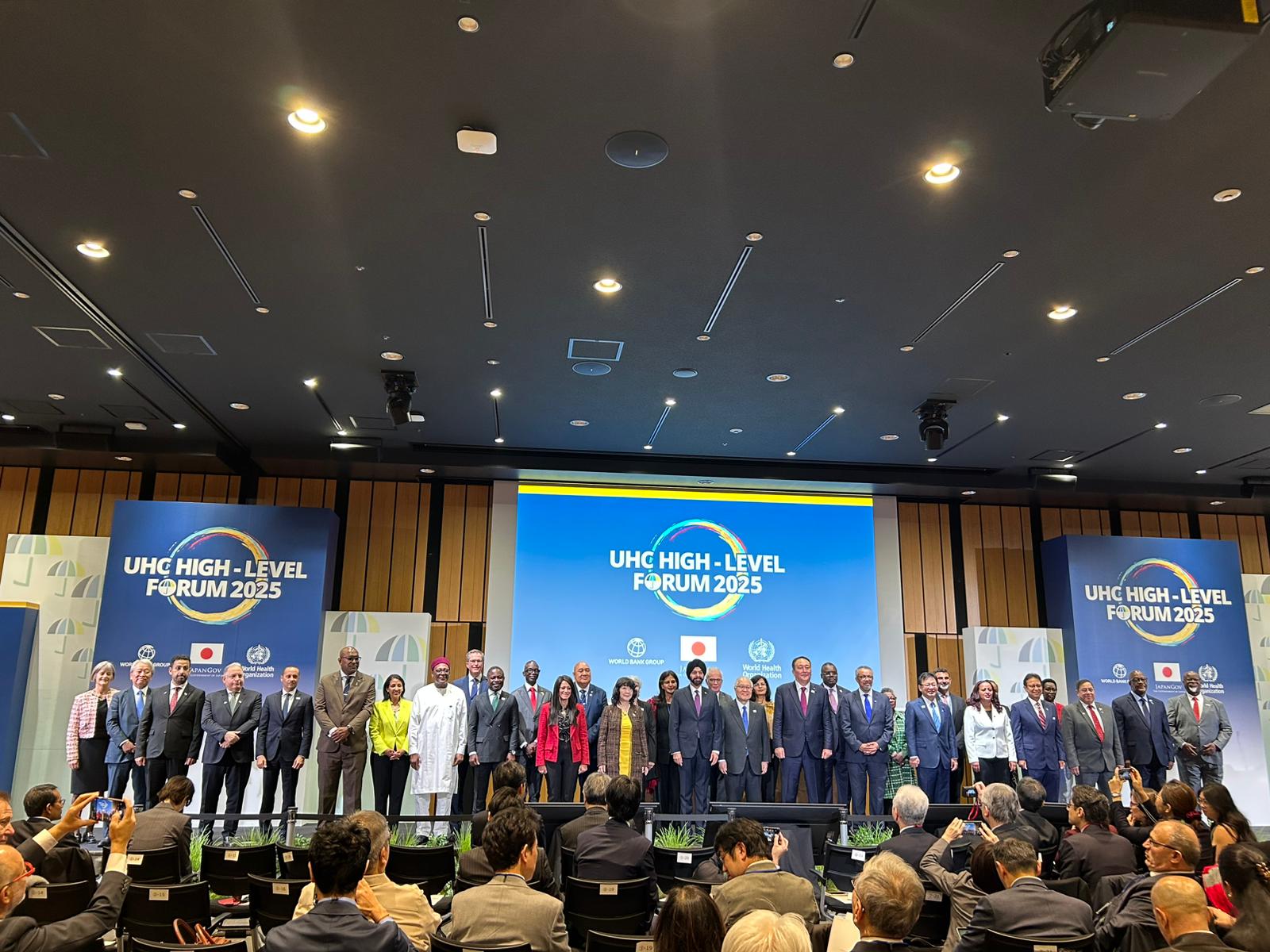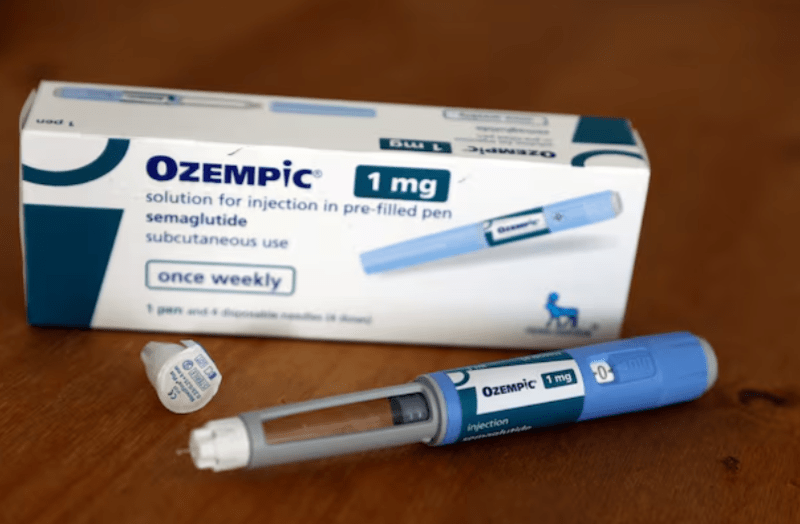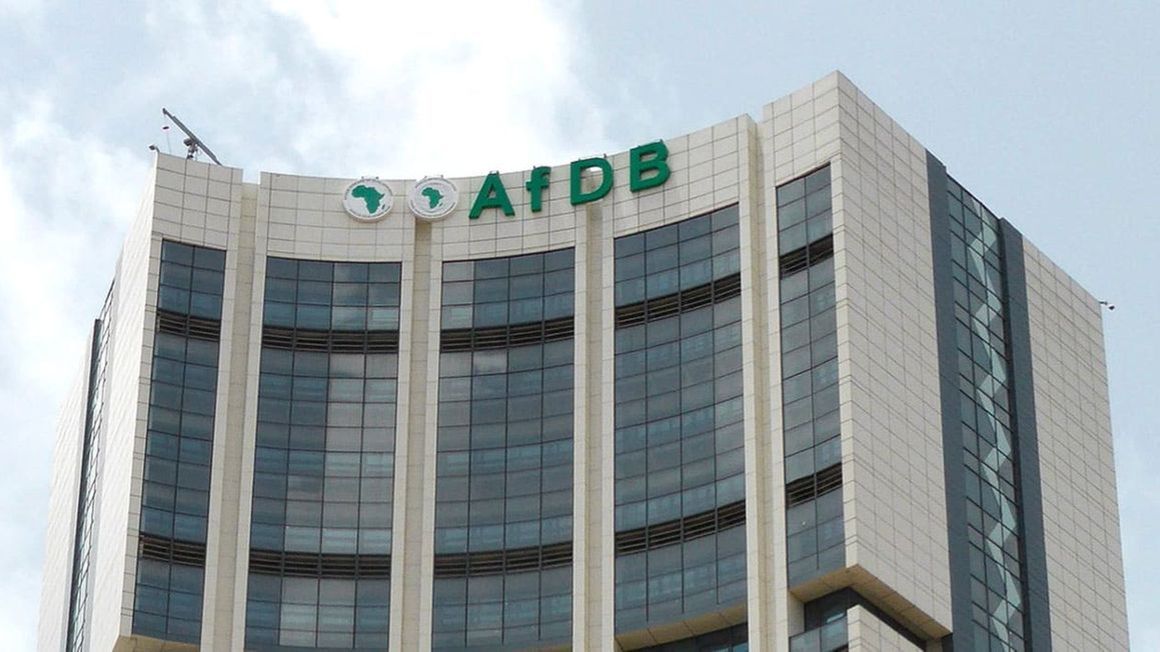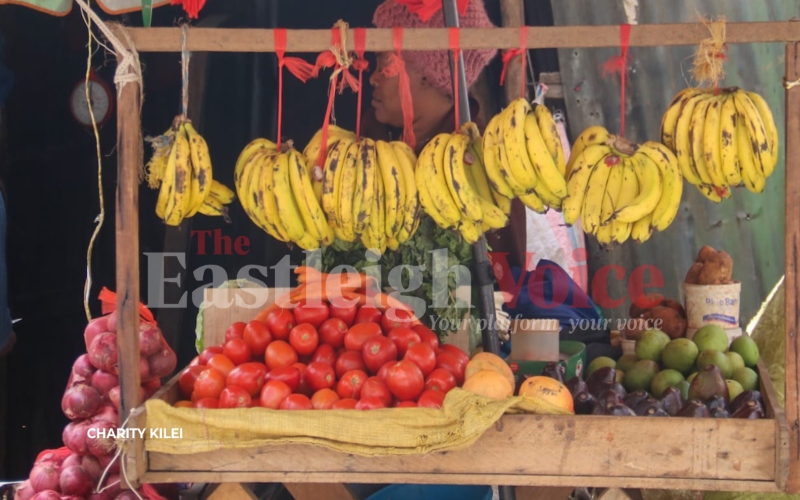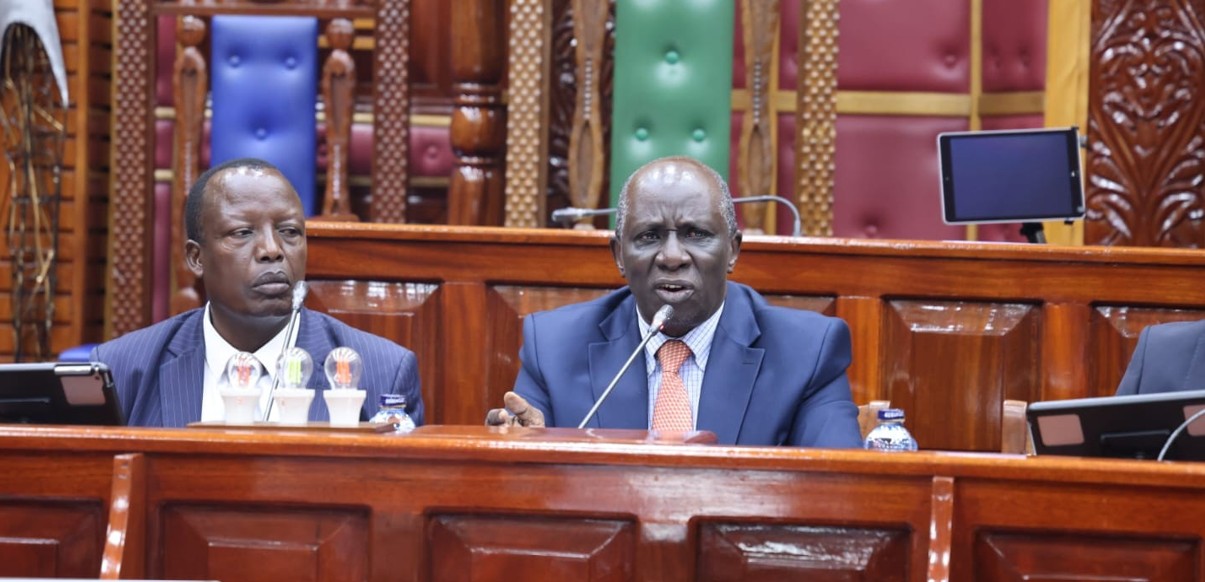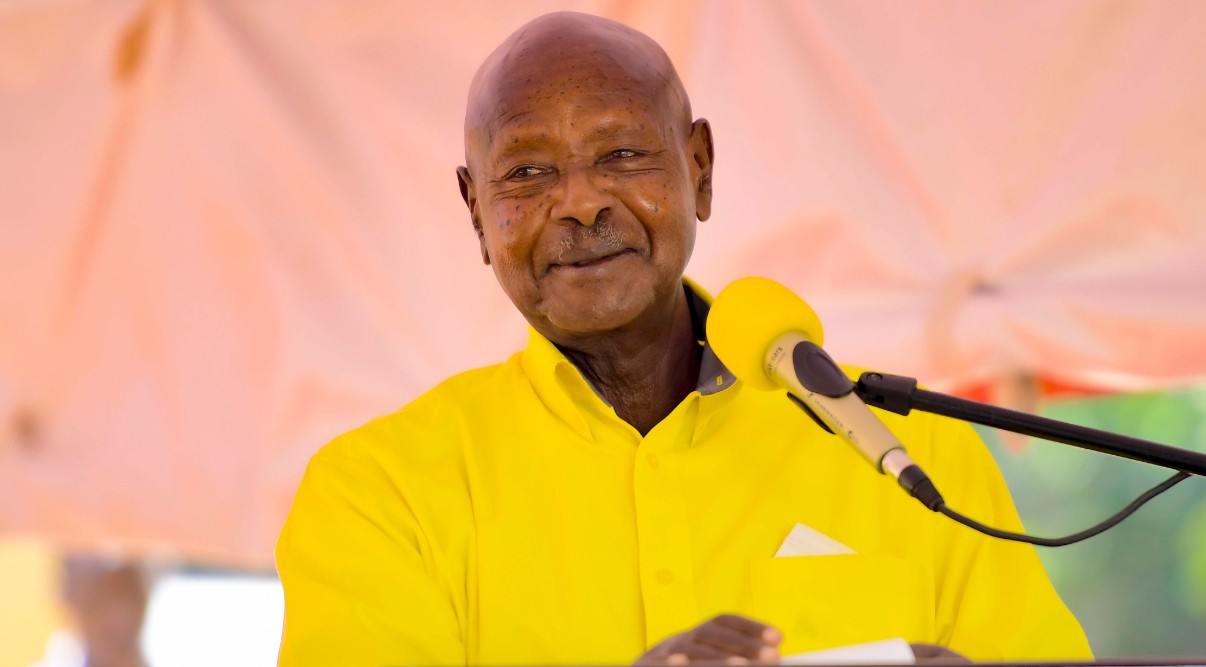Garissa communities turn to camel milk value addition to secure livelihoods
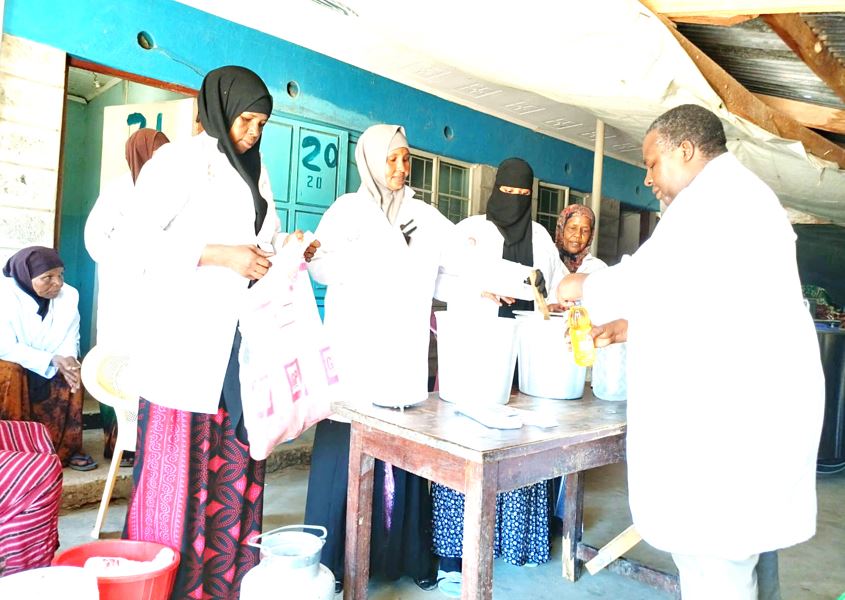
The decision to embark on camel milk value addition was influenced by its availability throughout, even during the dry seasons.
Drought- and flood-prone communities in Garissa County are becoming innovative, venturing into camel milk value addition to build resilience against extreme climate shocks.
Saka Camel Milk group in Balambala and Saafi Sacco in Dadaab have success stories in overcoming challenges. They are now celebrating the release into the market of products that include cookies, flavoured yoghurt, and ice cream made from camel milk.
More To Read
- Camel milk: The superfood you should be drinking
- FAO calls for increased camel products awareness to help dependent communities
- Desert gold: Camel milk makes its way to big malls’ shelves
- Camel meat makes Al-Yusra menu a welcome relief for Nairobi dining
- 10th Street: Eastleigh's ‘little Ethiopia’ where beverage lovers enjoy special coffee
- Eastleigh's original spices attract locals, tourists with enticing flavours
Hassan Hussein, the chairman of Saka Camel Milk group, said some unemployed youth came together to seek an alternative source of livelihood after floods destroyed their crops at farms in Saka on River Tana while others lost livestock to drought.
He said a group of 30 young men and women came together to find ways to overcome the challenges of unemployment and loss of livelihood due to climate change.
“We found out that we needed to register our group and engage in camel milk business that involves collecting it directly from herders and selling it to consumers in Garissa town, which is approximately 60 kilometres from Saka centre,” he said.
Hassan said the availability of the milk influenced the decision to embark on the camel milk trade during all seasons due to the drought-resilient nature of camels and the growing demand from locals compared to cow and goat milk.
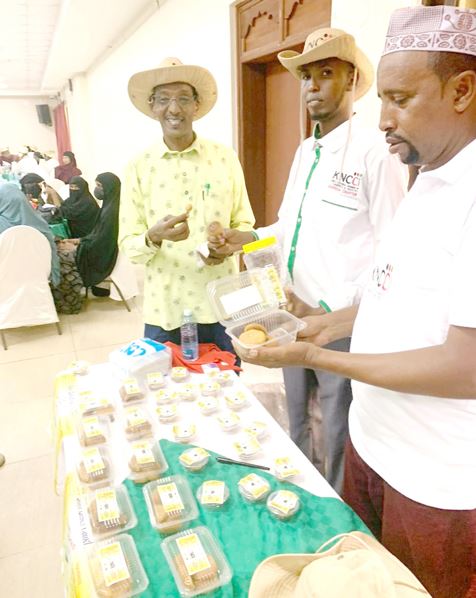 Saka Camel Milk Group Chairman Hassan Hussein displays cookies made from camel milk during a Kenya National Chamber of Commerce and Industry luncheon. (Photo: Issa Hussein)
Saka Camel Milk Group Chairman Hassan Hussein displays cookies made from camel milk during a Kenya National Chamber of Commerce and Industry luncheon. (Photo: Issa Hussein)
He said the group made good income from the camel milk trade before the emergence of several competitors in Garissa, which affected their sales.
Innovation
To beat the competition, the group came up with innovative ways to boost their sales. They started focusing on value addition by introducing flavoured camel milk, yoghurt and biscuits made from camel milk. But they lacked the equipment and training to make the new products.
“For a long time, the local community was consuming either raw or boiled camel milk and we decided to break away from the trend and become innovative,” said Hassan.
Zeinab Mohamed, the group’s secretary, said they sent funding proposals to local organisations that were seeking to support groups involved in resilience-building innovations. Through the Kenya Dryland Organisation and the Agricultural Sector Development Programme, they got training and equipment support that helped them improve the cookies and yoghurt that were sold in Garissa town.
The group also joined other like-minded self-help groups to form the Garissa County Camel Co-operative Society, which plans to establish a camel milk dairy plant in Garissa.
Saka Camel Milk group hopes to expand its products but still lacks enough capital. It also lacks equipment like separators, coolers, pasteurisers, and testing and storage facilities.
Saafi Sacco Co-operative in Dadaab shares a similar story of innovative resilience in their journey to produce dairy and camel milk yoghurt which gained popularity in Dadaab and the neighbouring refugee camps with a population of 380,000 refugees, the majority from neighbouring Somalia.
The 64 members initially formed a self-help group that used to clean up Dadaab town before turning it into a camel milk business and forming a Sacco group that now gives Sharia-compliant loans.
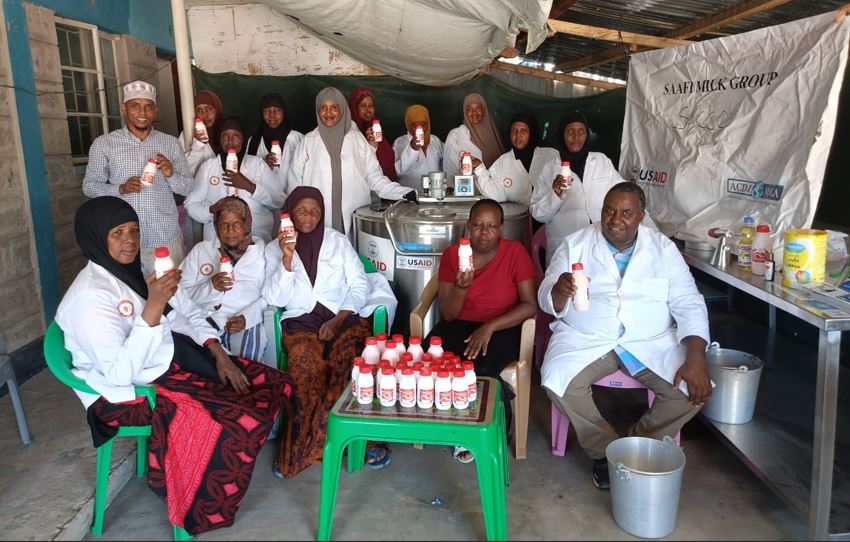 Saafi Milk Groupo members display camel milk yoghurt at their stall in Daadab Town, Garissa County. (Photo: Issa Hussein)
Saafi Milk Groupo members display camel milk yoghurt at their stall in Daadab Town, Garissa County. (Photo: Issa Hussein)
Dola Mohamud Dubow, the group’s secretary, told The Eastleigh Voice that members raised money to start the camel milk business which earned them a good return. The group then decided to start a dairy milk business along with the camel milk trade.
“From the profit we made, we bought 20 dairy cattle. Unfortunately, a biting drought came two years ago and wiped out all the 20 cattle,” she said.
Discouraged, the group went back to the camel milk business before the Feed the Future Kenya Livestock Market Systems Activity (LMS), funded by USAID, recognised their efforts and came in to support them.
They received economic stimulus, training, and linkage to financial institutions.
“We gained knowledge and skills on record keeping on loan and savings, managing our finances, loan tracking, how to interact with customers and value addition on our products,” she said.
Good sales
After the training, they formed a cooperative society and embarked on adding value to camel milk which helped them make good sales in Dadaab and the refugee camps.
Saafi Co-operative chairperson Fatuma Ahmed Salat said some of their members recently toured several New Kenya Co-operative Creameries factories for benchmarking and have a big dream to establish a camel and dairy milk factory in the future.
However, the Sacco, which has already started making ice cream products, faces challenges that include inadequate electricity supply and a lack of training on how to operate the machines.
The group, said Fatuma, is currently seeking certification from the Kenya Bureau of Standards to enable them to sell their products in Kenya and also export them to Somalia.
Owing to prevalent poverty, inequality, and unemployment caused by extreme climate shocks in northern Kenya, donors and humanitarian organisations have shifted focus to increasing the resilience of local communities to climate change.
Three weeks ago, a programme to build resilience for food and nutrition security in the Horn of Africa was launched in Garissa town.
It will see the formation and training of 35 community-based groups to venture into income-generating activities on non-wood forest products, processing of agro-based commodities in irrigation, and processing of livestock products, among other activities aimed to improve livelihoods among local communities.
Abdullahi Omar, the Garissa County project director, told The Eastleigh Voice that the programme targets Baringo, Garissa, Isiolo, Marsabit, Samburu, Turkana, and West Pokot counties.
Top Stories Today

